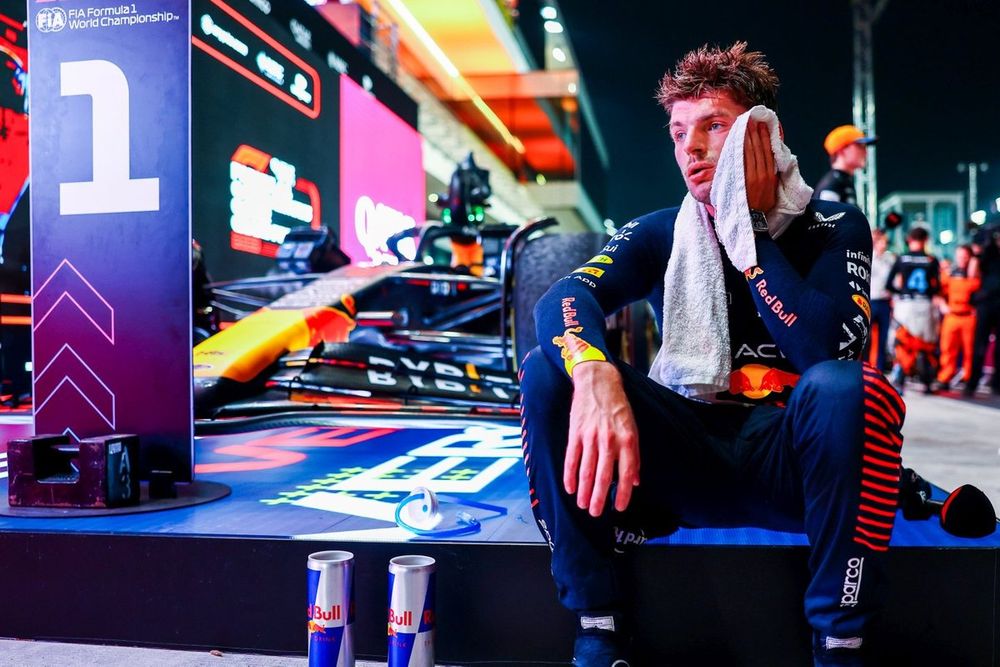In response to the investigation that motor racing’s governing body launched as a consequence of the physical troubles drivers faced at this year’s Qatar Grand Prix, solutions are now being put in place.
At last week’s meeting of the F1 Commission, plans for a small scoop – with the opening likely to be fitted underneath the car to help direct cool air into the cockpit – were approved for 2024.
But the FIA has now revealed that further steps are being taken to ensure that there is no repeat of the Qatar situation, where drivers battled heat stroke and needed medical attention because of the hot and humid weather conditions.
Nikolas Tombazis, the FIA’s single-seater director, has explained plans are being put in place that for hen conditions are deemed extreme – based on a combination of temperature, humidity and track layout – the FIA can trigger an emergency declaration to help drivers.
This will prompt an immediate lift in the minimum weight for cars, with that extra bulk needing to be used by teams for extra driver cooling equipment.
Tombazis said: “This will give an extra bit of weight for the cars, something like probably two kilos, which will be mandatorily put on and mandatorily [must be] used for the purpose of cooling the driver. So, that will enable solutions such as cooling vests.”
While the increase in minimum weight limit could tempt teams to find a workaround and just fit strategic ballast rather than genuine cooling equipment, Tombazis thinks that such a move would make little sense.
Photo by: Red Bull Content Pool
Max Verstappen, Red Bull Racing
“We need to work out some of the details, but we want to make it clear that it’s not something that you can use for any form of dodgy advantage,” he said.
“It’s really for the purpose of [cooling] and it’s mandatory. So therefore, you could put the ballast in the seat, but you’d be a bit of an idiot because, like in Qatar, we saw drivers towards the latter part of the race make mistakes. I think that it is clearly not in the teams’ interest [to ignore it].”
F1 Scoop design
The scoop idea approved by the F1 Commission for 2024 had originally been planned for this year, but was blocked because one team was concerned about aerodynamic implications.
Tombazis has said that the inlet will ultimately be quite small, as he played down any suggestions that it could prove to be a performance differentiator.
Asked about what the scoop would…
Click Here to Read the Full Original Article at Motorsport.com – IndyCar – Stories…

